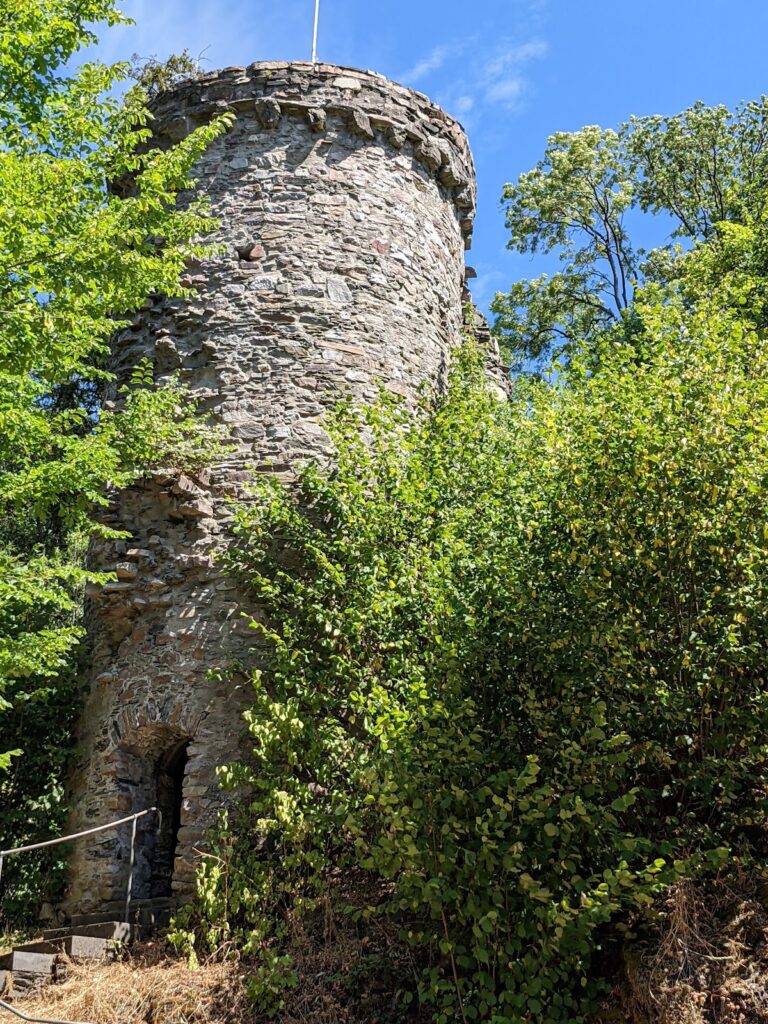Burg Landshut: A Historic Fortification Overlooking the Moselle River in Germany
Visitor Information
Google Rating: 4.5
Popularity: Medium
Google Maps: View on Google Maps
Official Website: www.burglandshut.com
Country: Germany
Civilization: Medieval European
Remains: Military
History
Burg Landshut stands on a hilltop overlooking the Moselle River in the municipality of Bernkastel-Kues, Germany. Its origins reach back to the late Roman Empire, when Roman builders erected a fortification here in the 4th century to protect a vital military supply route extending toward the Rhine frontier.
During the Roman period, this site was occupied by a rectangular fort measuring roughly 60 by 30 meters. The fort was constructed with thick quartzite walls and strengthened by six or seven square towers. Following the collapse of Roman authority in the 5th century, the fort was abandoned and remained in ruin for several centuries.
By around the year 1000, a medieval stronghold named Bernkastel had developed on or near this location. This castle was under the ownership of the counts of Blieskastel. In the 12th century, they constructed another castle here, but it was eventually destroyed during conflicts involving the Archbishop of Trier, reflecting the turbulent political landscape of the region.
After the Blieskastel noble line ended in 1280, their heirs, the counts of Salm, sold the damaged castle and surrounding lands to the Electorate of Trier. Toward the close of the 13th century, Archbishop Heinrich II von Finstingen initiated the building of a new stone fortress on the ancient Roman foundations, signifying a revival of the site’s strategic importance.
The name “Landshut” first appears in records dating to 1505, at which point the castle served as the residence of a bailiff representing the Archbishop of Trier and managing the neighboring territory. The castle maintained this administrative function until it was severely damaged by a fire on January 8, 1692. Following this event, the castle was abandoned and left unrestored.
In the 20th century, specifically since 1920, the local community took ownership of the ruins. Archaeological work conducted in 2012 revealed remains dating possibly to the 5th or 6th century, indicating the site’s long-standing role as one of the earliest fortified locations within the Moselle valley.
Remains
The surviving ruins of Burg Landshut reveal a complex layered history grounded in its original Roman construction. The fort’s overall footprint was rectangular, extending approximately 60 meters in length and 30 meters in width. Its walls were made of locally sourced quartzite stones, built to a substantial thickness of about 1.8 meters, designed to provide robust defense. The perimeter was reinforced by six or seven square towers measuring around 6 by 6 meters each, which served as watchpoints and strongholds.
Resting atop these ancient fortifications, the medieval castle reused the Roman foundations, integrating earlier defensive elements into its structure. Positioned on Burgberg hill at about 235 meters elevation, the castle’s ruins command views over the Moselle River valley below, which lies roughly 107 meters above sea level. This vantage point offered tactical surveillance over the river route and the surrounding landscape.
Among the castle’s remains, the bergfried, a type of large tower common in German medieval castles used primarily for defense and as a refuge, stands out. This tower has since been adapted to serve as a viewing platform, allowing visitors to take in panoramic vistas across the Moselle valley. The ruins themselves have remained largely as they were following the fire damage suffered in 1692, preserved as fragments that mark the castle’s outline and former scale.
The site’s proximity to prominent natural landmarks such as the sharp bend of the Moselle River and Olymp mountain enhances its strategic and visual prominence, factors that influenced its continued use over centuries. The various construction phases visible in the ruins offer direct insight into the military and administrative importance of Burg Landshut from Roman times through the late medieval period.










